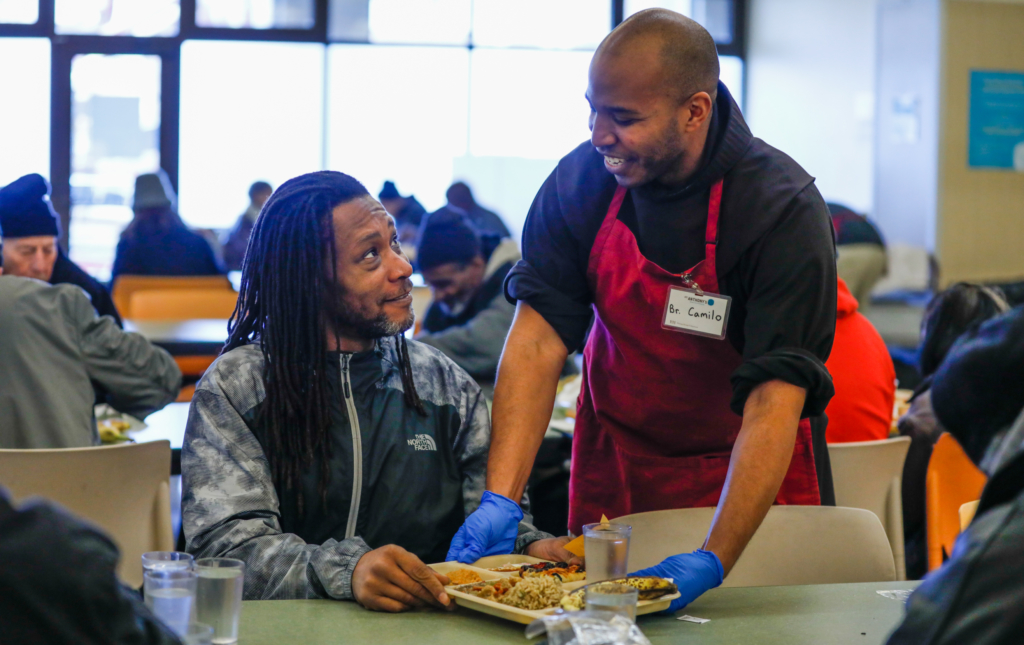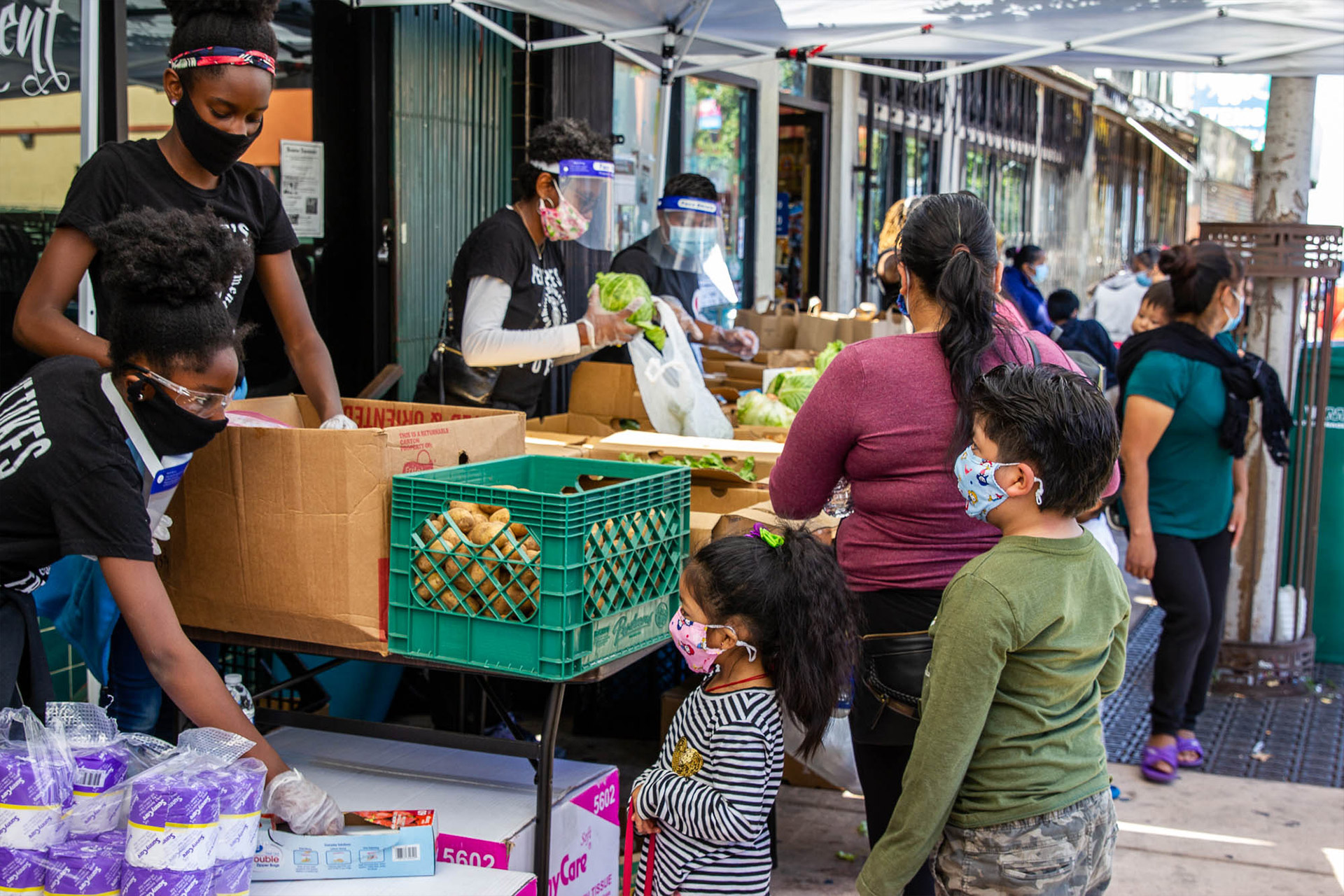Addressing the Bay Area’s new face of hunger

The blackouts that swept through California this fire season, affecting as many as 2 million people, captured the nation’s attention and plunged families into uncertainty, forcing them to confront grave questions: How long will my children be out of school? How will I power my medical equipment? How often is this going to happen? Here in the Bay Area, more than 1.3 million people experienced blackouts, and while many quickly had their power restored, others didn’t, and there’s no clear end to the issue of outages fueled by fires and other extreme weather events.
Crises like these heighten the serious, but much less recognized, problem of food insecurity. Nearly 12% of Bay Area residents are food-insecure, often having to choose between paying for food, prescriptions or rent. The loss of power — as we saw this year, sometimes with less than 24 hours’ notice — can wipe out vulnerable families’ entire food supplies in a matter of hours. The result: The persistent problem of hunger throughout the Bay Area has taken on special urgency and exposed new populations to food insecurity. It demands that we find creative, innovative solutions to confront the issue head-on.
Food insecurity here doesn’t look like it does anywhere else in the country. The Bay Area’s skyrocketing cost of living — which jumped 70% from 2010 to 2016 — drives widespread hunger, with 870,000 people in the Bay Area experiencing food insecurity. Among those impacted are communities that are often unrecognized and whose needs go under-served. For these folks, one crisis — a medical emergency, a car breaking down, a power outage — creates emergency expenses they can’t afford.
Increasingly, in the Bay Area, food insecurity affects Baby Boomers, who are aging out of the workforce; the working poor, who are pushed to the margins as housing prices climb; and college students, whose rising tuition costs force them to choose between course credits and getting enough to eat. Our traditional food service programs weren’t built to address the needs of these communities, leaving them largely “invisible” in the fight against hunger. As a result, they have suffered in relative obscurity.
Fortunately, we know how to fix this. Addressing these communities’ needs requires that we develop more adaptive approaches that meet people experiencing food insecurity where they are, accommodating the unique challenges they face.
First, food providers need to be mobile. This fire season, communities from Cupertino to Union City to Berkeley experienced blackouts, creating chaos for families across the region. Food service providers should introduce mobile food trucks that can travel from community to community, as the Alameda County Community Food Bank has done. Organizations also must open new locations not just downtown, but in pop-up venues in libraries, after-school programs and on college campuses, where low-income people often live and work, and where the impact of the Bay Area’s high cost of living has been most acute.
Second, food service providers must be more empathetic and client-centered to meet the needs of the under-served. When going to a food pantry feels more like a restaurant or grocery shopping experience — rather than collecting a handout — more people will feel empowered to seek help, speak up and accept the support they need. Those new to experiencing hunger may be reaching out for help for the first time, and it’s critical that they feel comfortable taking advantage of these essential services, not stigmatized. And, by partnering with organizations already serving potentially at-risk communities — like the YMCA or Boys & Girls Clubs of America — anti-hunger groups can better connect food services to those who already have a connection with organizations they know and trust.
Third, with no end in sight to California’s “new normal” of widespread blackouts and extreme weather, we must have emergency rapid-response programs available to meet people’s needs so families can focus on rebuilding in the wake of these events and not on when — or if — they’ll get their next meal. Here in San Francisco, for example, Jewish Family and Children’s Services has made emergency food deliveries to at-risk communities like seniors and those with disabilities, helping to meet their most immediate, pressing needs.
Ending hunger requires fundamentally changing our perception of what it means to be food-insecure in the Bay Area. This is a new paradigm: Hunger is not limited to the homeless and the unemployed; it also impacts the neighbors up the street who have been wiped out by a power outage. When it comes to addressing these needs, sitting on the sidelines isn’t an option. From donating to anti-hunger groups, to volunteering, to doing your part to address the climate crisis at the root of worsening fires, we each have a part to play. We have the tools at our disposal and the know-how to combat and ultimately end hunger, in San Francisco and beyond, this fire season and next.
It’s on each and every one of us to take action to make that vision a reality.



